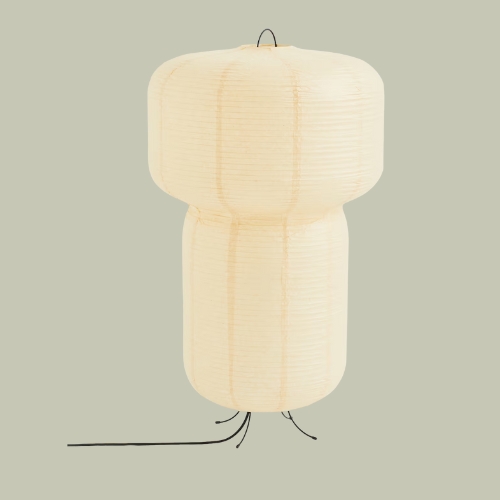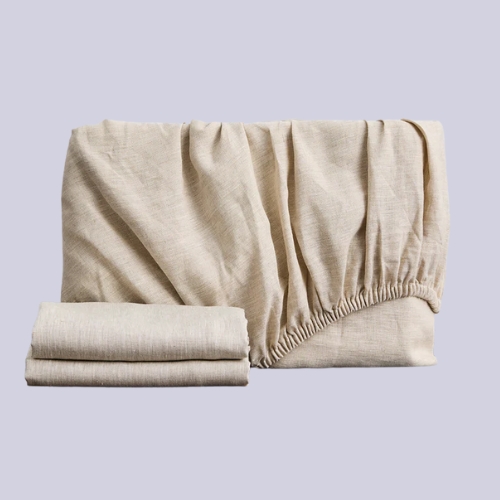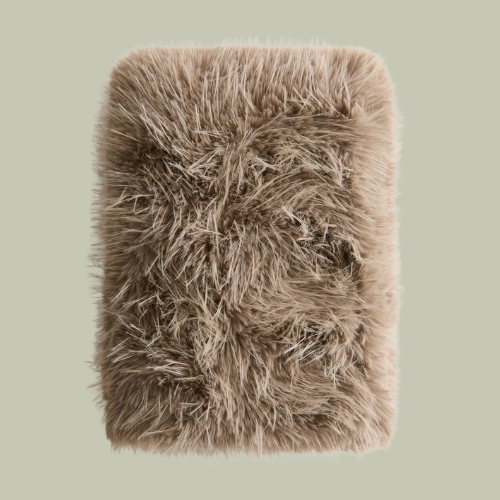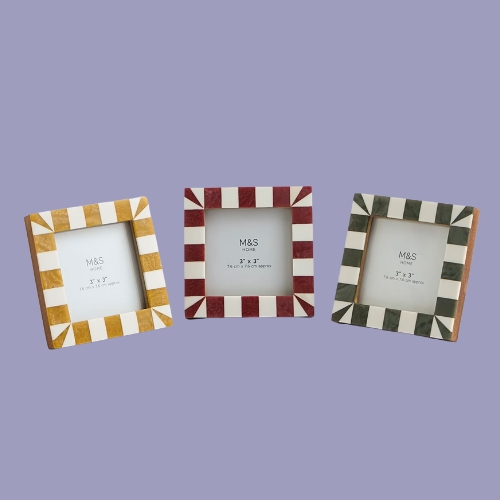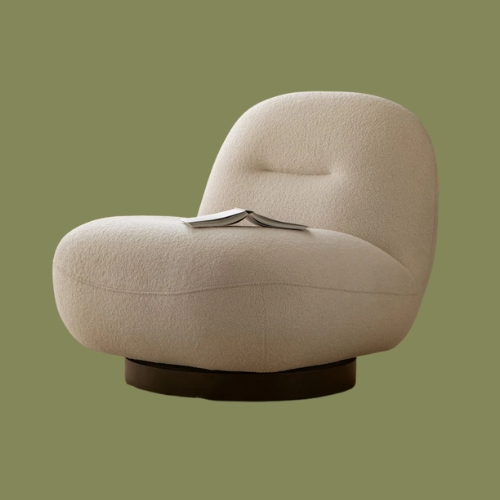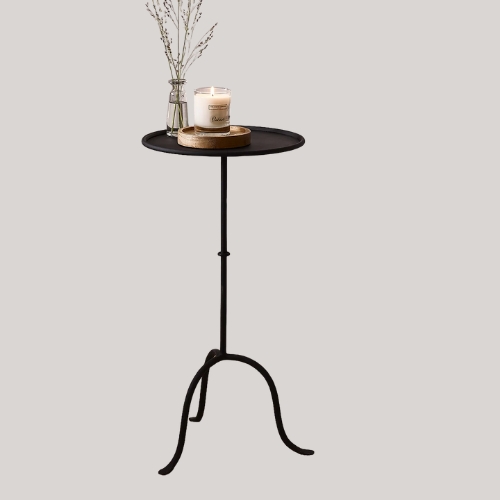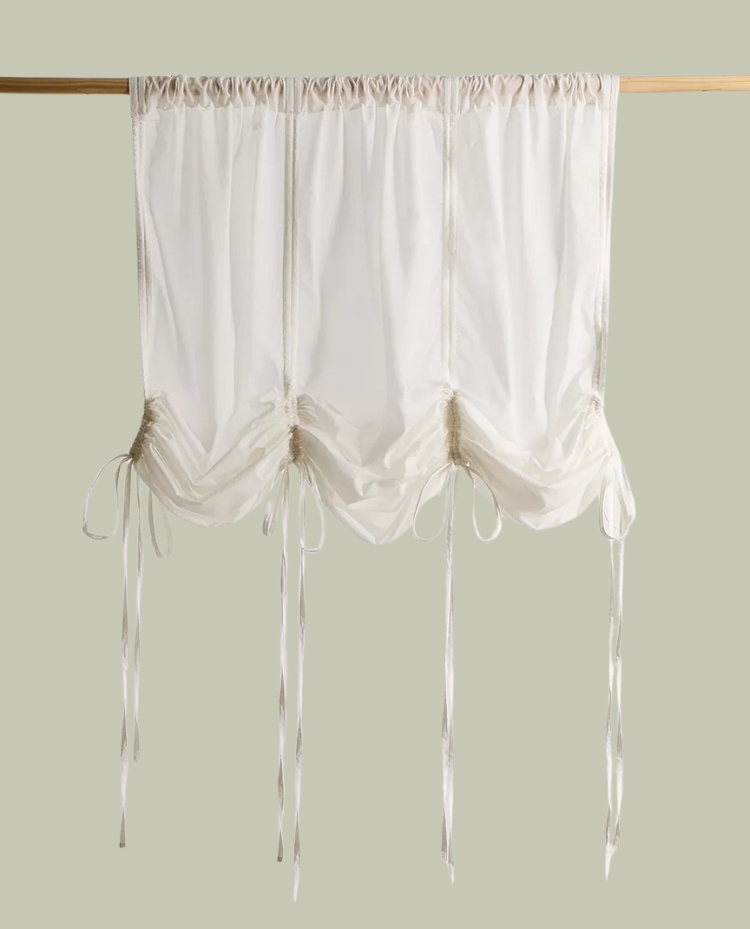'Comfort-Maxxing' Is All About Making Your Home the Place You Always Want to Spend Time in — Here's How Designers Do It
What is cozy season without a comfortable home to enjoy it in? Here are seven ways to maximize comfort in your space right now

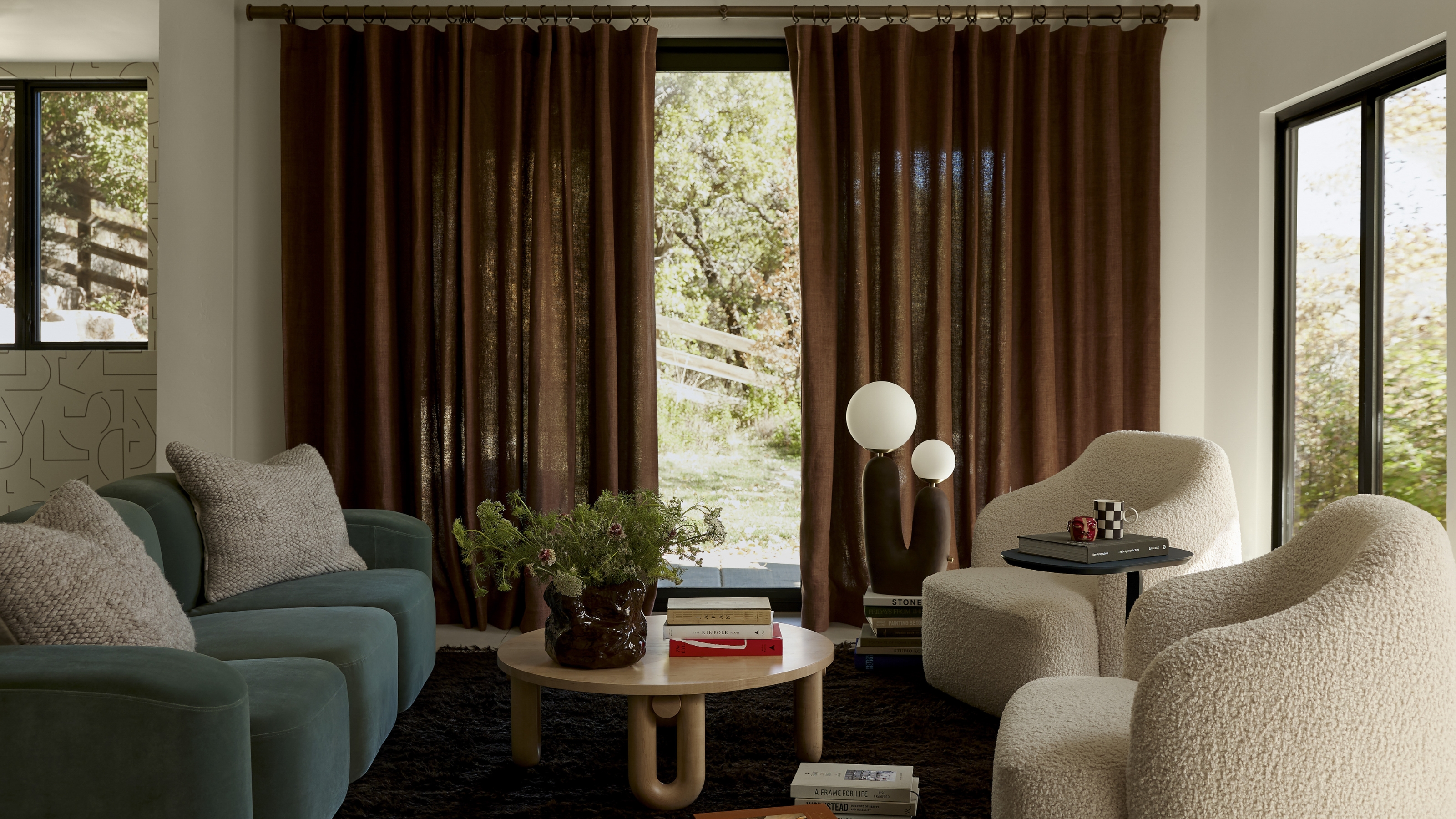
There's no denying we're in an era of maximalism in our homes, and it seems to be trickling down into every last detail. First, we were smell-maxxing, then color-maxxing, and now, we're all about comfort-maxxing for the cozy season.
'Comfort-maxxing' is exactly what you're thinking — the idea of prioritizing comfort, familiarity, and coziness when curating your home. When daylight hours shorten and the weather cools, we naturally retreat into our homes, making it all the more important to be intentional about how we curate our personal spaces.
"Research continues to prove how deeply the built environment affects our physical and mental wellbeing, demanding the same care and attention as we put into exercise and diet," explains holistic interior design expert Gala Magriñá. And from natural textures to ambient lighting, here are designers' favorite cozy living room ideas for fighting off the winter blues.
1. Invest in Atmospheric and Mood Boosting Lighting

Comfort-maxxing your home means resisting the urge to turn on the big light — this is a mood lighting only ordeal. Whether it's lamps, candles, or lantern lights, several overhead lighting alternatives can create a more comfortable atmosphere.
Florida-based interior designer Jennifer Lynn says, "Lighting sets the tone for every room, and I always encourage clients to layer it. Start with overhead fixtures for ambient light, then bring in table and floor lamps for tasks, and finish with sconces or even candles for a touch of atmosphere."
You can even try planning your lighting scheme by height and levels for a more dynamic effect. For instance, choose something that sits low, something at eye level, and something overhead on a dimmer. This approach will yield the same results, but from a more purpose-driven perspective.
However, Jennifer adds that, "Most important of all is to choose bulbs in the 2700K–3000K range. That golden, fireside hue instantly creates a sense of intimacy, no matter the season."
The Livingetc newsletters are your inside source for what’s shaping interiors now - and what’s next. Discover trend forecasts, smart style ideas, and curated shopping inspiration that brings design to life. Subscribe today and stay ahead of the curve.

Jennifer Lynn is a Florida-based interior designer with a bachlors degree in interior design from the Harrington College of Design in Chicago. After 12 years in the interior design field, Jennifer opened her own studio, Jennifer Lynn Interior Design.
2. Let Textures Do All the Talking
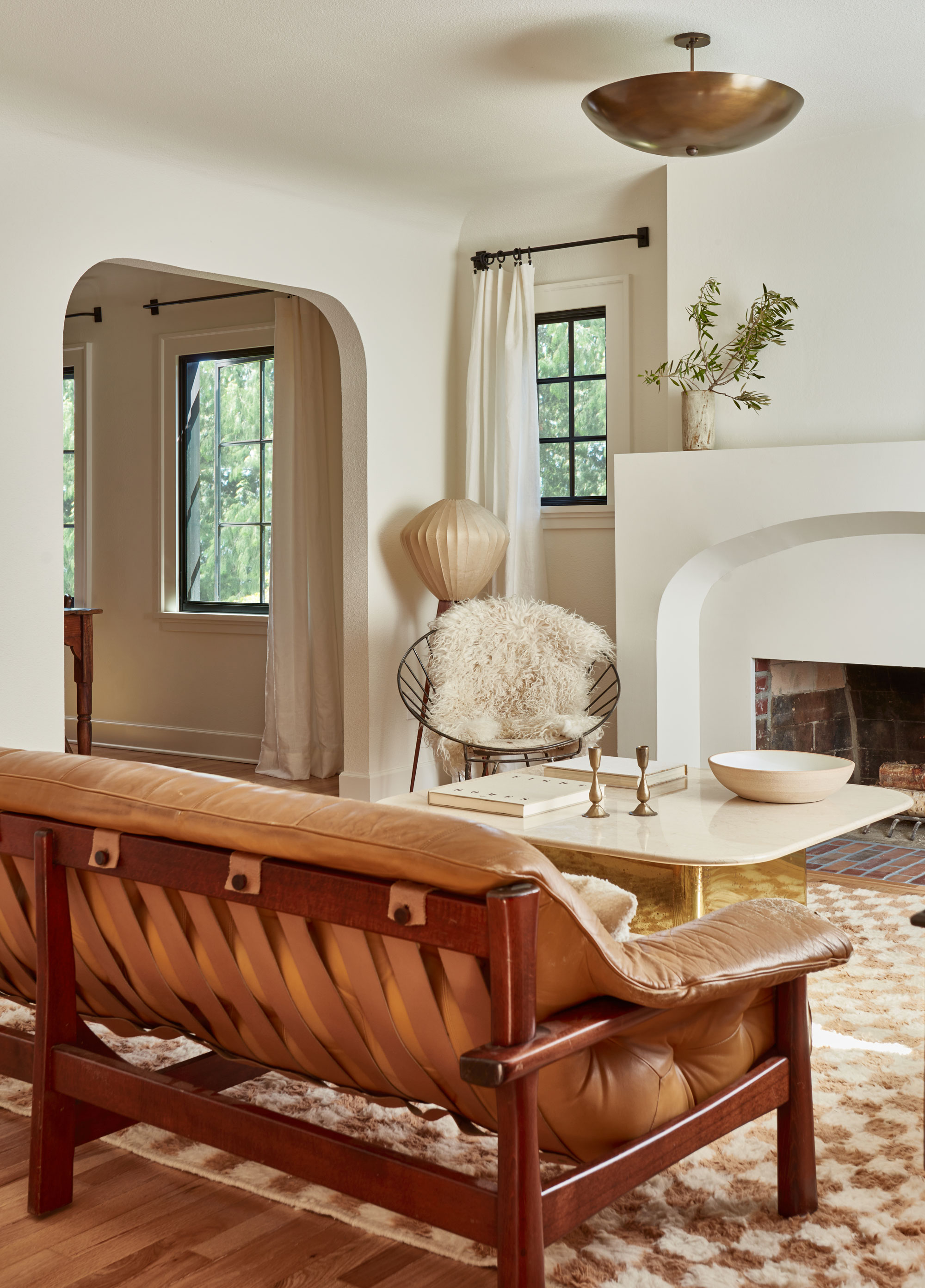
When it comes to comfort-maxxing, cozy fabrics are probably the quickest way to change the mood, feel, and aesthetic of a space.
"I love melding touchable yet highly durable upholstery fabrics, such as linen and cotton, with richer and more luxurious textures like bouclé, velvet, or mohair," Jennifer says. Even a faux fur throw subtly draped across a sofa or at the end of a bed can make a room feel more inviting.
If you want to consider your textures on a more room-to-room basis, Gala Magriñá says, "Choose breathable, natural, or linen bed sheets. They’ll offer superior comfort, and are also hypoallergenic and don’t have synthetic irritants that can cause discomfort after being constantly exposed all night."
As for living and lounging spaces, bring in cozy textures with things like high-pile area rugs and natural, soft throws that create warmth and ground you.
3. Personalize the Space with Memories and Mementos

What's more comfortable than unwinding in a space full of your favorite memories and mementoes? Gala says, "Personalizing a room with meaningful art by incorporating mantras or imagery that hold a special meaning to you or your family is my favorite way to 'comfort-maxx.'"
She adds, "Having these visual cues can spark inspiration, reinforce daily intentions, and create an environment that supports growth and positivity."
Plus, personalized decor makes styling a bookshelf or coffee table decor that much easier. Rather than random nic-nacs, you can switch out photographs, artworks, and your favorite scents.
Interior designer, Amy Pigliacampo, says foliage, plants, and floral arrangements are another way to personalize your comfort-maxxing schemes. "I really love to forage outside and pull in whatever is happening in nature and make organic arrangements. It really brings the outside in and can inspire color palettes as well," she adds.

Amy Pigliacampo Interiors is a Los Angeles-based interior design studio that specializes in residential renovations, select new builds and intimate commercial projects. Amy defines her approach to design as “subtractive”. By peeling back layers of the past, Amy helps her clients realize their ultimate vision for home, creating spaces that are magazine-worthy yet rooted in the realities of daily life.
4. Create Cozy Corners and Conversational Seating
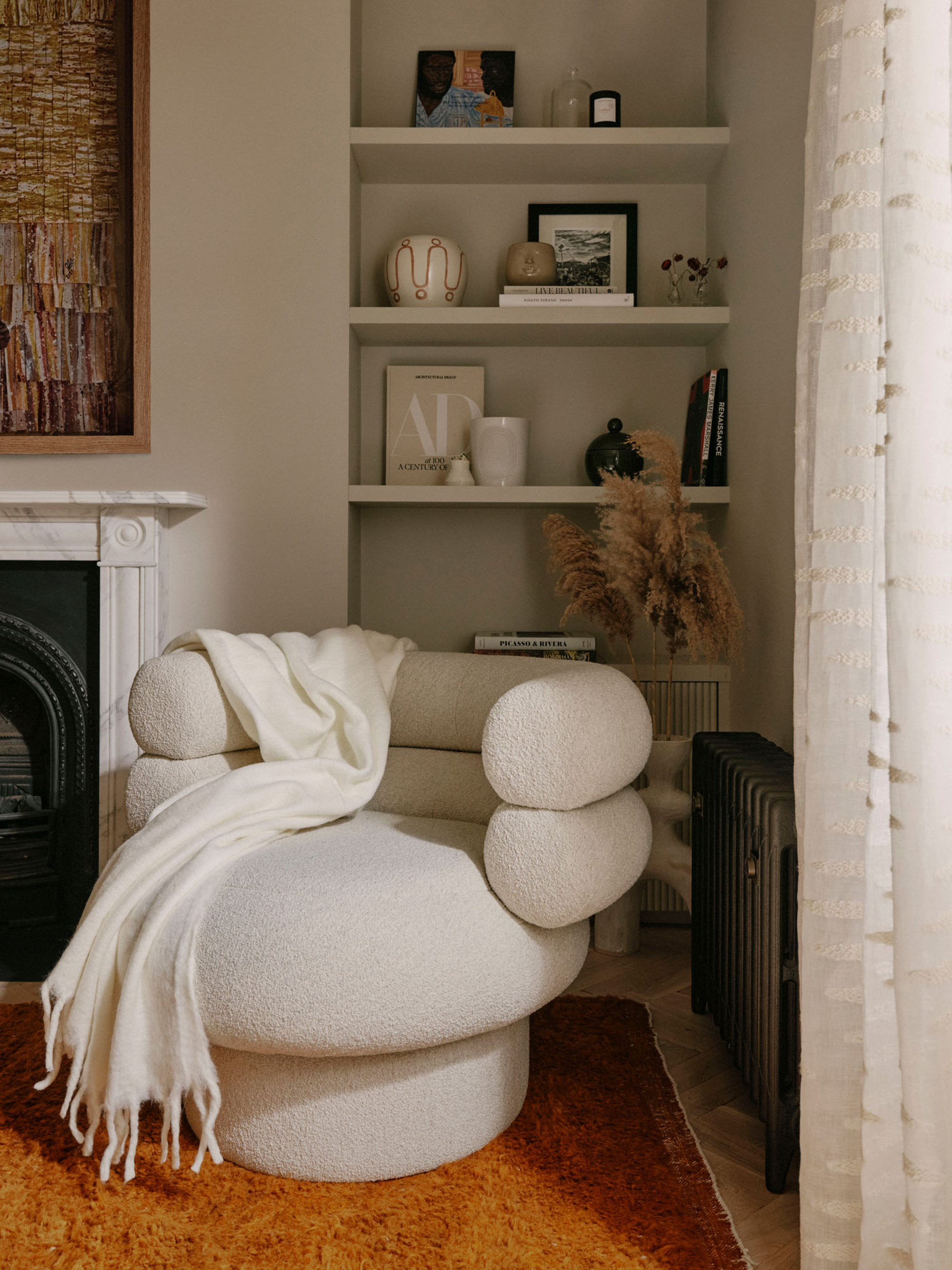
If comfort-maxxing your entire home feels a bit intimidating to take on, start small. Pick an underutilized corner of your home to sport a cozy reading chair and other elements that promote the idea of switching off and being present. I like to call them 'digital detox corners'.
By curating these calming 'detox' or reading corners, you'll transform your space into a true haven where you can recharge and find a sense of serenity.
However, if the social butterfly in you relaxes through time spent with family and friends, Katie Cunningham, an interior designer from Light and Dwell, says, "Create conversation areas, instead."
Pull furniture slightly away from the walls and angle chairs toward each other. "This layout instantly makes a room feel more intimate and inviting," says Katie.

Katie Cunningham is an Oregon-based interior designer, and the principal designer at design studio, Light and Dwell. Katie has a degree in design and business, and for the past 15 years, she has been designing her way across the West Coast alongside her mom, transforming houses into homes.
5. Consider Your Color Palette Carefully
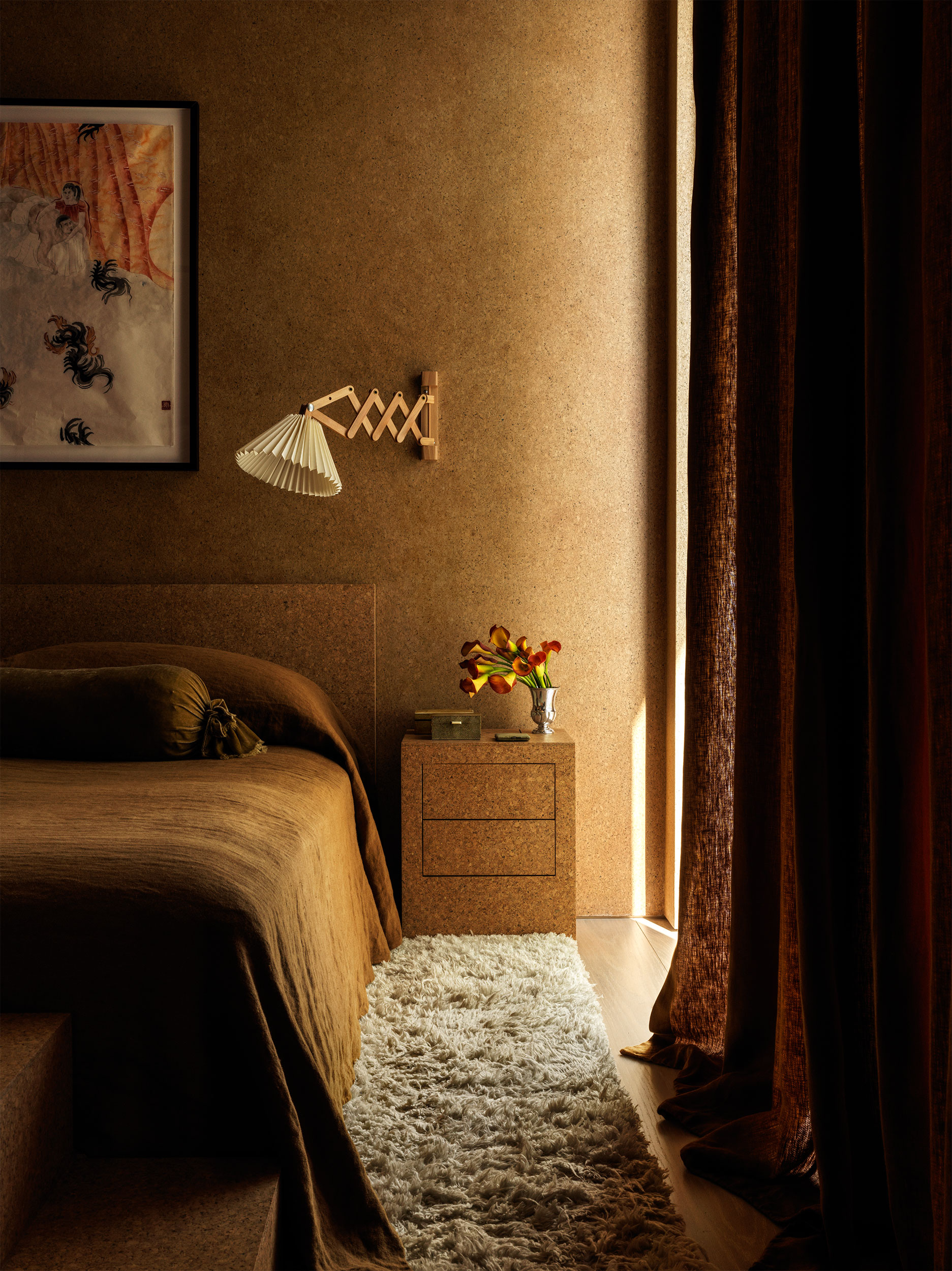
You can never underestimate the power that color can have on a room, and, in turn, how we interact with the space. Calm color palettes and dependable neutrals are the obvious choice when comfort-maxxing. Think soft taupes and tans, muted baby blues, and, of course, inviting off-whites like Benjamin Moore's Swiss Coffee.
However, today's color trends are begging for something a little deeper and moodier, and these darker shades can be just as cozy to live with as neutrals. "Deeper tones like oxblood, burnt orange, olive, and smoky blues always feel right in a cozy home," says Amy. "My favorite trick is taking a bright complementary pair and muting one side: think eggplant with pale ochre, or oxblood with sage green."
And don't count out earthy color palettes. "Earthy tones that mirror what's happening outside are perfect for comfort-maxxing — think mushroom grays, warm ochres, deep forest greens, and rich browns," adds Katie.
6. Don't Underestimate the Power of Curtains

Cozy-maxxing is all about making a space more inviting, so if you have bare windows that feel cold and dull, it's time to dress them properly.
Depending on your room, you can incorporate a dramatic, pooling curtain for an elevated (yet still warming) statement look, or go for something more subtle and sheer. This year's curtain trends are proving that curtains can be whatever you want them to be.
And it doesn't end at the windows. Pat Giddens, owner of London-based upholstery company, says, "Use textiles and decorative sheer curtains to carve out inviting spaces within larger rooms. A curtain-draped reading nook, a bed alcove, or a banquette tucked into a corner can all serve as mini sanctuaries. Swapping doors for curtains softens transitions between spaces and adds intimacy."
7. Top the Room Off with Your Favorite Scents
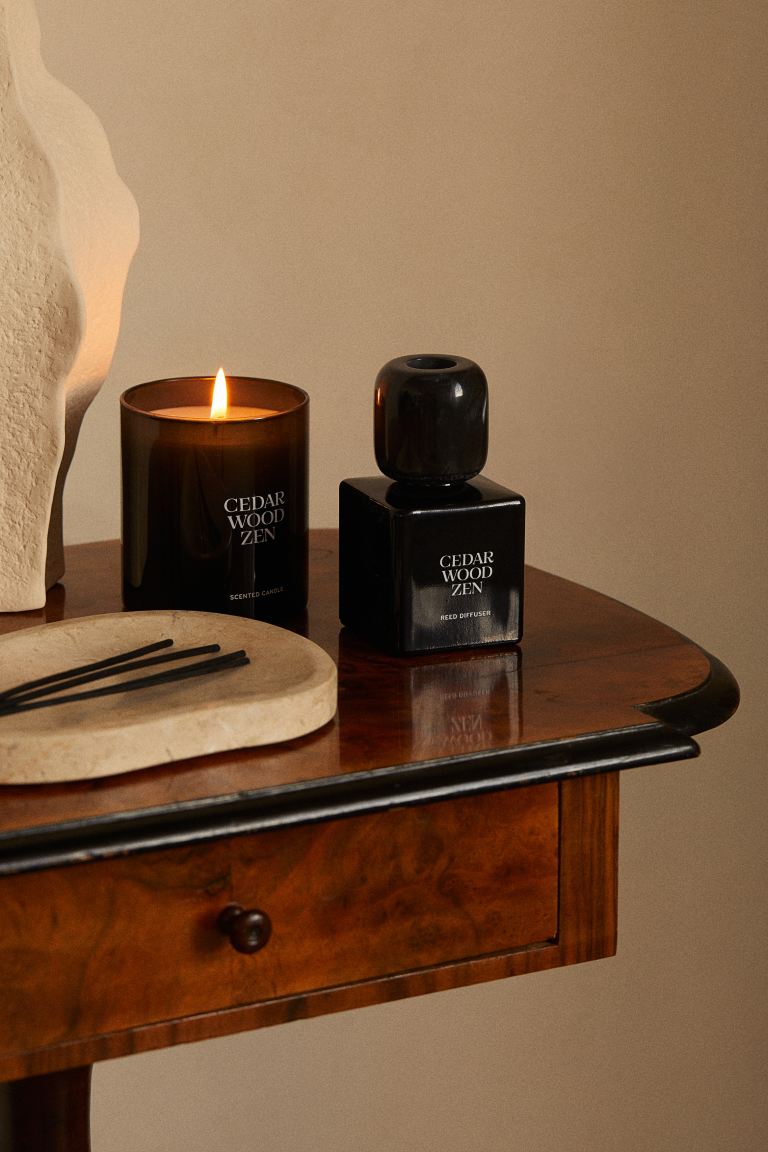
Finally, to top off your comfort-maxxed space, consider smell-maxxing; layering your favorite scent throughout the home. Something about a familiar scent wafting through a room can instantly calm the senses. "Scent is such a shortcut to grounding and comfortable vibes," says Amy.
So what scents should you gravitate towards for maximum comfort? Of course, it's up to your personal taste, but to start, Amy recommends, "Earthy and grounding notes like cedar, sandalwood, and vetiver. These work really well in a comforting environment (and in the Autumn season), especially when layered with something warm and edible like vanilla, fig, cinnamon, and cloves."
Now that you know all the ways to comfort-maxx your home, you may want to brush up on the things that people with comfortable homes never have. It's all about striking the right balance, and luckily, Livingetc has a guide for that, too.

Olivia Wolfe is a Design Writer at Livingetc. She recently graduated from University of the Arts London, London College of Communication with a Masters Degree in Arts and Lifestyle Journalism. In her previous experience, she has worked with multiple multimedia publications in both London and the United States covering a range of culture-related topics, with an expertise in art and design. At the weekends she can be found working on her oil paintings, reading, or antique shopping at one of London's many vintage markets.
